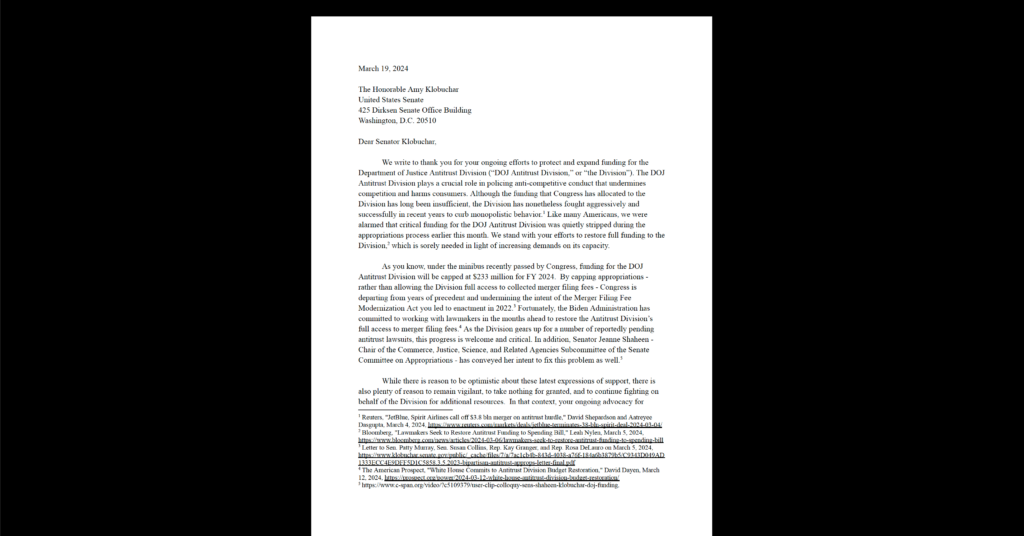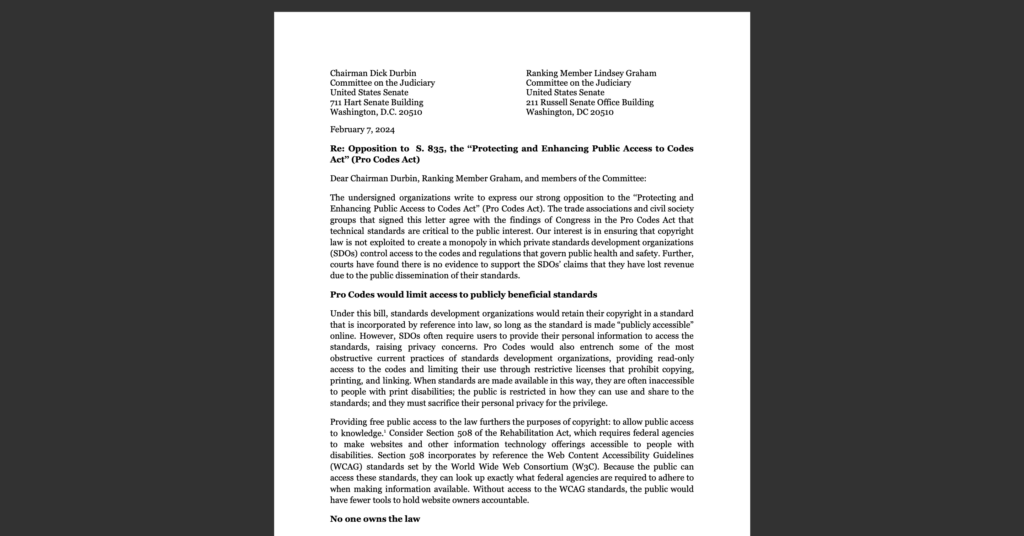Up Next: Controlled Digital Lending’s First Legal Battle As Publishers Take On The Internet Archive
By Avisha Sabaghian, CDT Summer Intern, pursuing a degree at Harvard Law School.
It didn’t take long for the COVID-19 health emergency to become an educational emergency. When brick-and-mortar libraries closed their doors in response to the pandemic, millions of books in public libraries became inaccessible to library users. The sudden unavailability of physical books, though undoubtedly a tragedy for access more broadly, could have conclusively vindicated controlled digital lending (CDL) as indispensable to our contemporary knowledge ecosystem. Unfortunately, what seemed like CDL’s golden hour has been darkened a bit by a recent copyright infringement lawsuit.
The story began in March 2020, when the Internet Archive responded to library closures by creating the National Emergency Library (NEL), a service that provided access to 1.4 million digitized books in the Archive’s Open Library without its usual “owned-to-loaned” lending restriction. Despite NEL’s initial positive reception by authors, educators, librarians, and media, it didn’t take long for the wave of applause to turn into a tsunami of critique by authors and publishers later joined by many members of the public. As media outlets, including those previously in support, began to focus primarily on these critiques, four major commercial publishers filed a massive copyright infringement lawsuit against the Archive in early June.
Although ostensibly in response to NEL, the lawsuit only discusses NEL in a few of its 53 pages. The bulk of it is instead aimed at attacking controlled digital lending (CDL), the framework that underlies the Archive’s Open Library, which the lawsuit calls “deplorable.” CDL is an innovative system under which a library can scan its physical copy of a book and lend it out while maintaining a 1:1 “owned-to-loaned” ratio. This means that the library can either lend the digital or physical version, (but not both at the same time), provided that it employs appropriate technical measures against the copying and redistribution of digital files by users. The “owned-to-loaned” ratio is a critical component of CDL’s justification, as it does not expand the number of copies in circulation, but rather enhances users’ options to access material the library already owns.
Bad facts make bad law, and that is why this lawsuit is so troubling. CDL is a relatively new regime, and its legal and policy justifications as originally put forward by David Hansen and Kyle Courtney have not had their day in court yet. It is unfortunate that CDL’s first judicial appraisal will be under the facts of the NEL, whose public image is now tainted. As is so often the case, the social media conversation decrying the Archive and praising public libraries’ e-book resources misses much of the nuance. Many libraries support and use CDL—not to replace publishers’ controversially restrictive and prohibitively expensive e-book licensing agreements, but to supplement the current e-book market’s deficiencies. As outraged voices position the Archive as inimical to the interests of libraries and authors, some fear that CDL, a framework so enormously empowering for 21st-century libraries, will fail to ever realize its true potential.
What are CDL’s chances? Unfortunately, CDL has a stronger grounding in policy arguments than it does in legal precedent. CDL’s legal proponents assert that the system is legal under a fair use analysis strengthened by the Copyright Act’s first sale doctrine. The Copyright Office, however, has rejected the application of first sale to digital transmission, and has “consistently expressed doubt” that digital access to complete works can be fair use.
Courts have also sometimes been skeptical of digital first sale. The first sale doctrine underlies libraries’ traditional lending practices. It allows people to sell, lend, or display their copy of a work. Notably, it does not allow for the work’s reproduction without the copyright holder’s permission, because in the past copying served as a good proxy for identifying copyright infringement. That distinction is ill-suited to digital contexts that inherently rely on reproduction for use and transmission. CDL, which restricts the number of simultaneous uses of a work, relies on duplicating the work itself to create a digital copy. A recent appellate decision in Capital Record v. Redigi rejected the application of first sale to uses involving the reproduction of digital content, but some scholars argue that the commercial context of that case makes it distinguishable from library uses and purposes.
In spite of these headwinds, an argument centered on fair use alone may still exempt CDL from copyright infringement. The court in Redigi did reiterate the Supreme Court’s holding in Sony v. Universal Studios that under a fair use analysis, a non-commercial use can be transformative when it improves access without unreasonably encroaching on copyright-holders’ commercial entitlements. In its more limited form, CDL is likely to meet that standard.
First, CDL focuses on digitizing 20th century books, “the vast majority of which do not have a commercially available ebook.” Copyright creates artificial scarcity by incentivizing publishers to suppress the supply of older books in order to increase the demand for new publications. Like libraries in general, CDL mitigates this market failure. It does not compete with publishers’ e-book market, but rather supplements it by addressing supply deficiencies. Second, digital scans are inferior to the quality of electronic and physical books, and most readers would prefer to purchase or borrow higher quality copies. Third, the majority of books borrowed through NEL were used for less than 30 minutes, suggesting that CDL’s primary use is for fact-checking and research, a purpose that courts deem favorable in a finding of fair use. Fourth, access to library materials has long been held to increase, not undermine, book purchases.
CDL also offers broader access to users who primarily rely on digital use patterns, are unable to commute to remote libraries, lack economic wherewithal, are homebound, or have print disabilities. While always present, these limitations are especially salient during the current coronavirus pandemic when researchers, students, and readers are faced with a historic paucity of access to physical books and must wait in long waitlists for e-book borrowing.
CDL can provide crucial public access even to works that are relatively recent. In 2018, the Senate confirmation hearing of Justice Kavanaugh led to public focus on Wasted: Tales of a Genx Drunk, a memoir by the Justice’s high school friend. Soon, used copies of the out-of-print title were priced over $2,000 on Amazon, but the book was made available by the Archive through CDL. Commercial publishers dislike CDL specifically, and e-book lending more generally, because digital access reduces the traditional friction in physical library borrowing. But copyright does not involve an entitlement to transactional friction.
Ultimately we hope that courts will endorse CDL. While the recent push against CDL may help the interests of today’s publishing monopolies by pushing consumers toward more recent works and digital book-selling, in the long term, it will only hurt the very constitutional justification for copyright and its creation of the publishing business: promoting the progress of science and useful arts.


